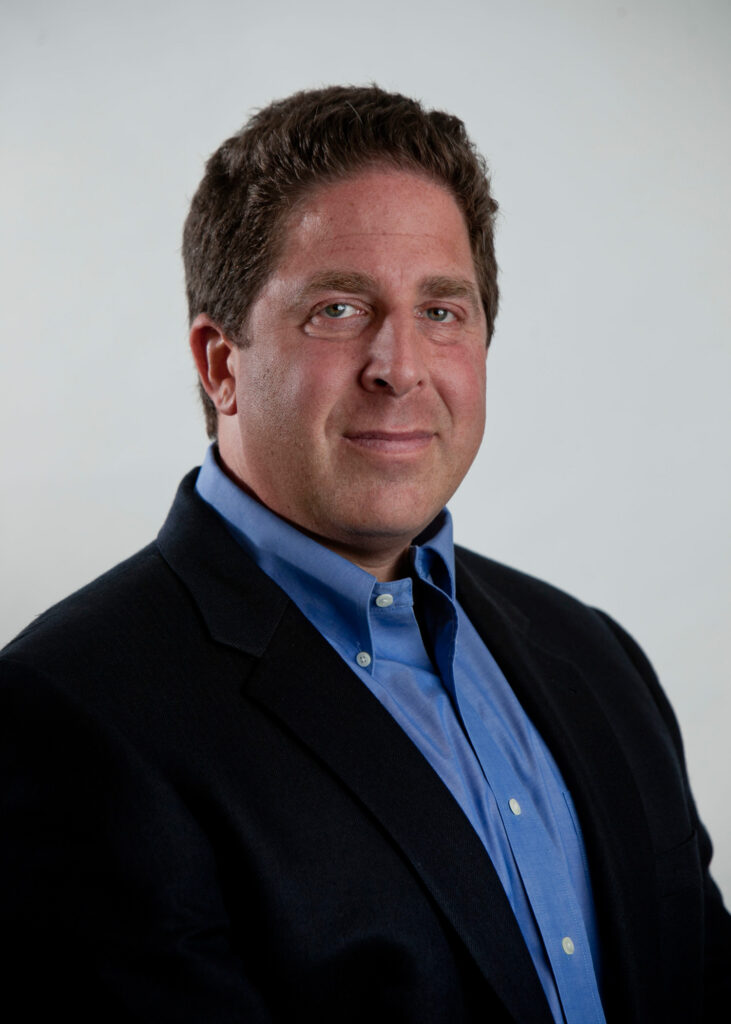In this chapter, Rick Hess and Bruno Manno make a compelling case that by focusing on creating a strong supply of new schools, charter school funders, policymakers, and advocates have largely ignored the different needs of the various constituencies on the demand side of charter schooling. Understanding what various types of students, parents, teachers, principals, school districts, and others want and need could allow greater targeting of charter schools and would also give focus to philanthropic investments and policy changes. In the long run, the authors argue, greater effort to match schools to expressed needs could pay off in increased student achievement.
Though charter schools are already highly diverse, Hess and Manno suggest that meeting the requirements of parents and other constituencies could make them more so by mapping and unbundling choice. They argue that because providers are encouraged (and routinely seek) to develop whole-school solutions, they wind up replicating the traditional services and structure of existing schools.





